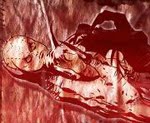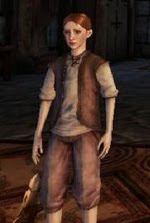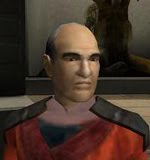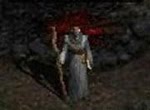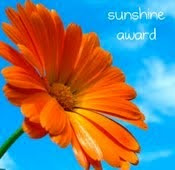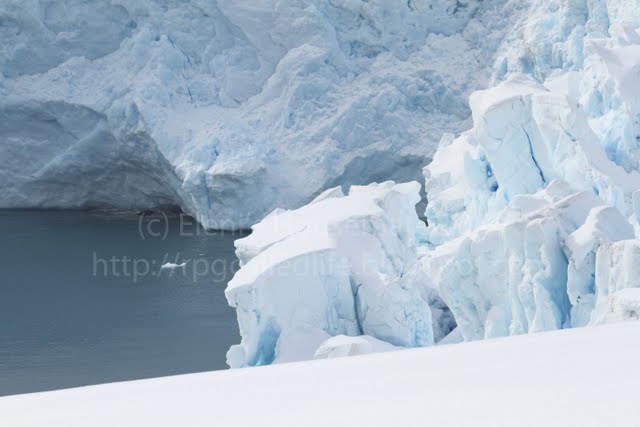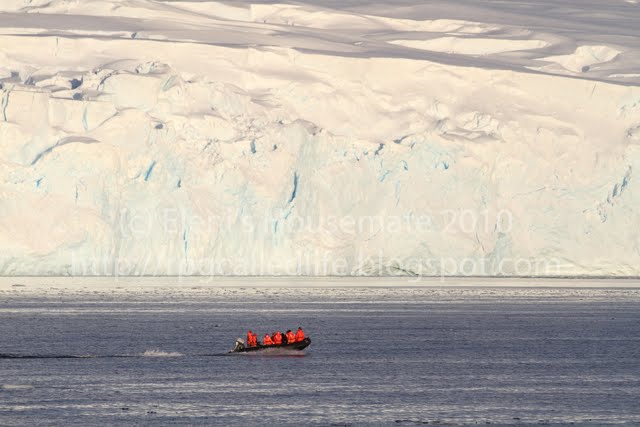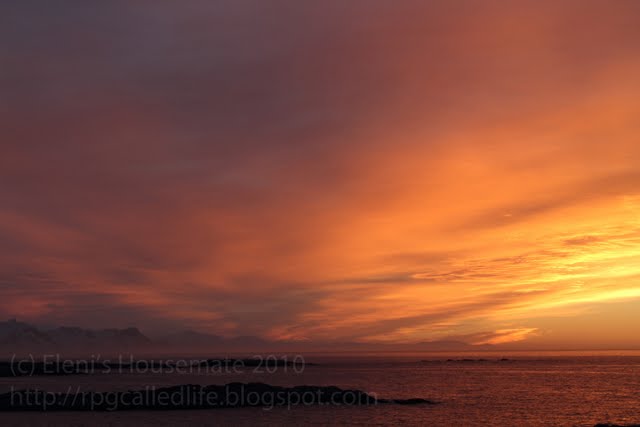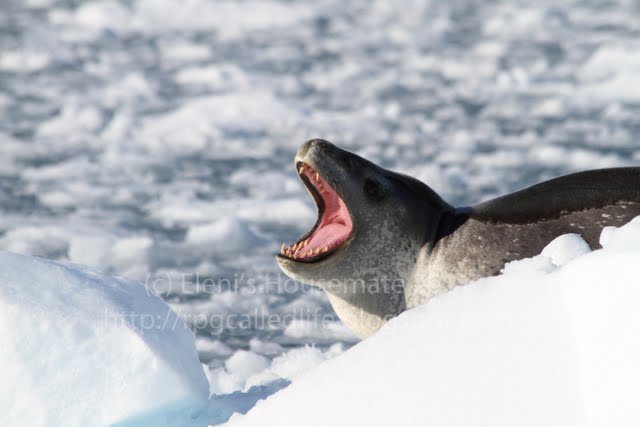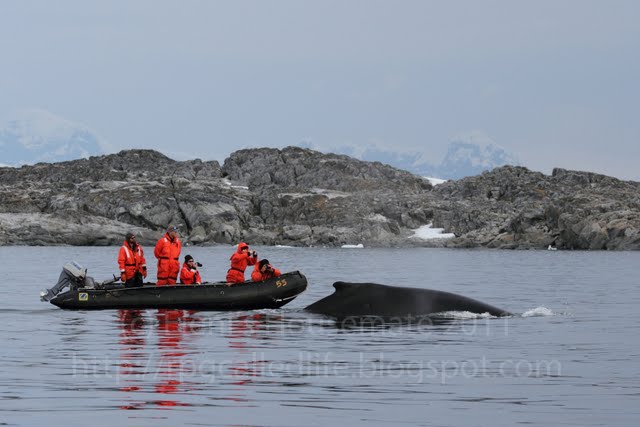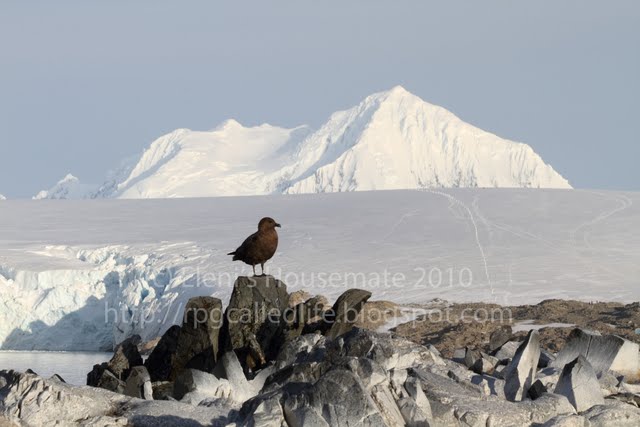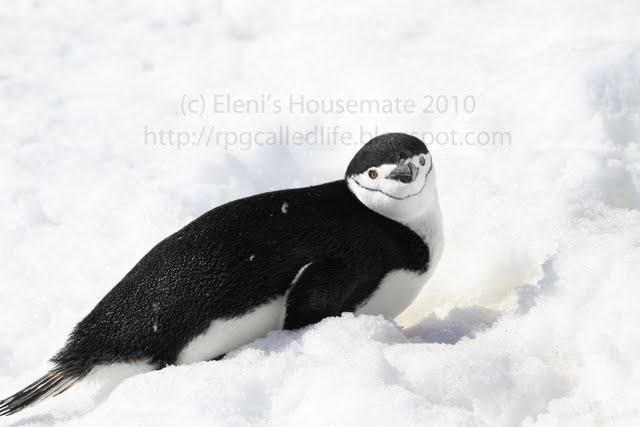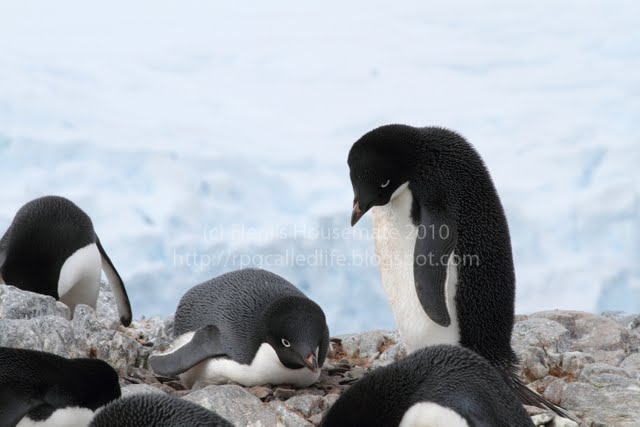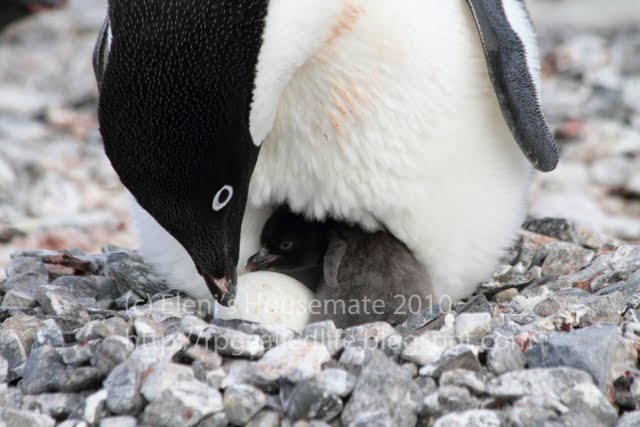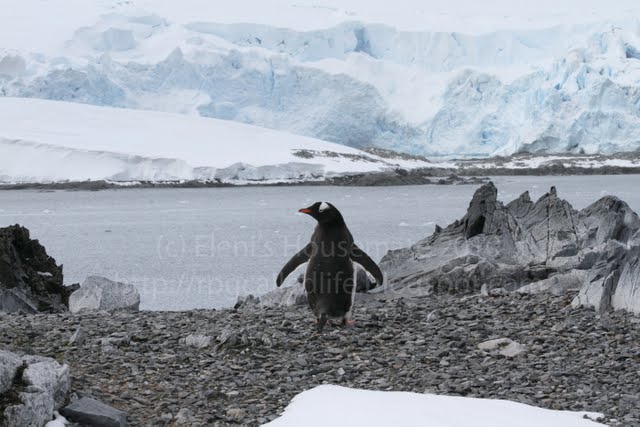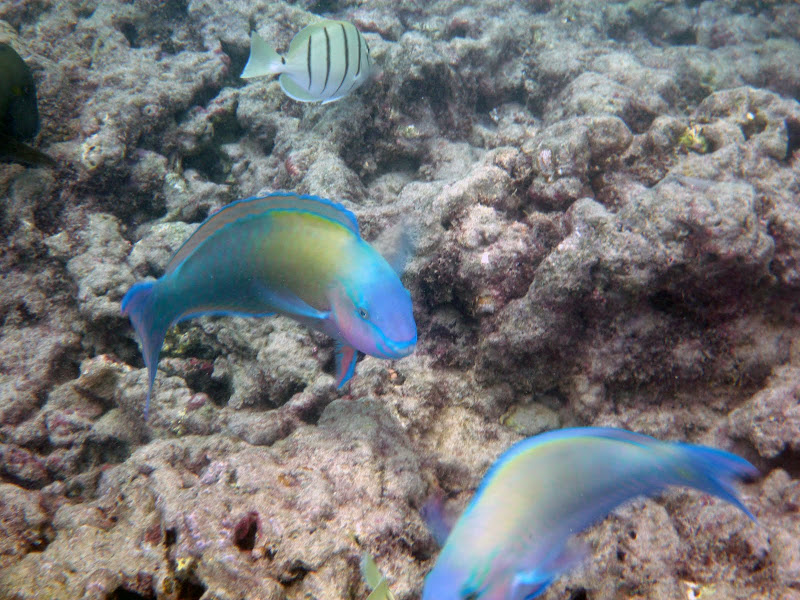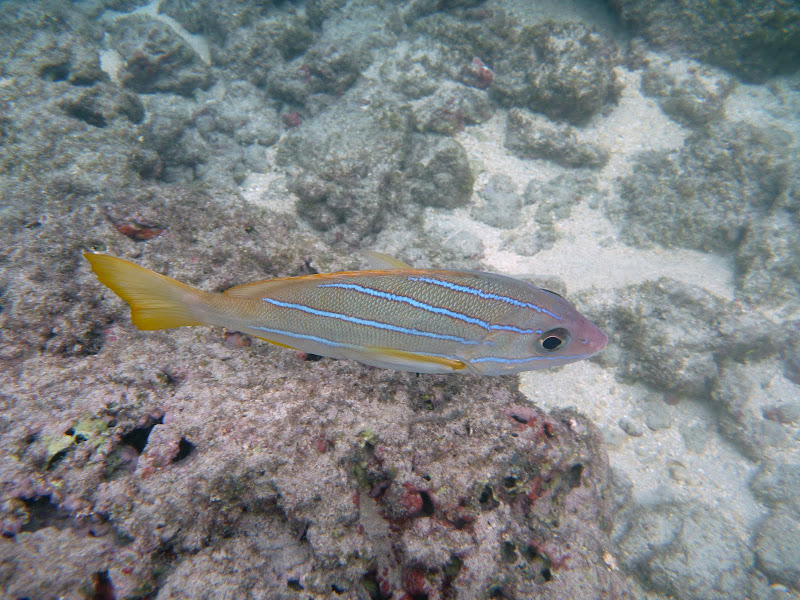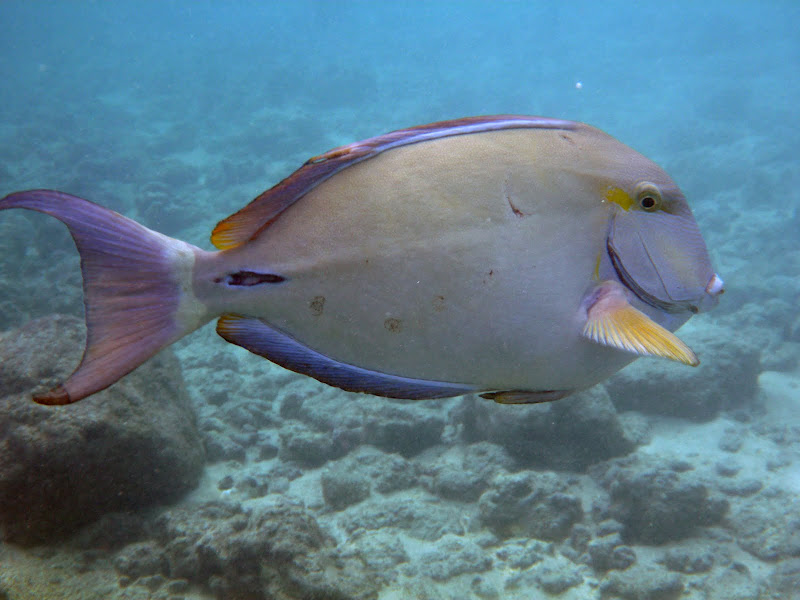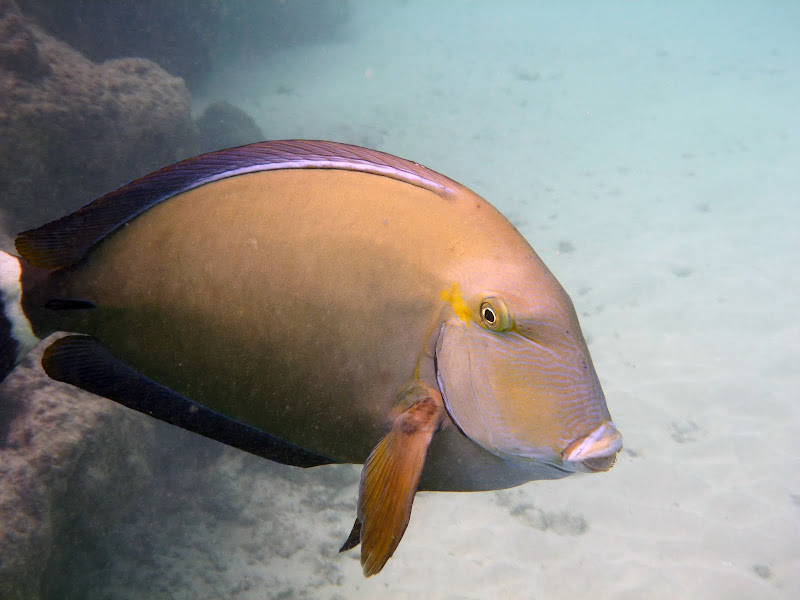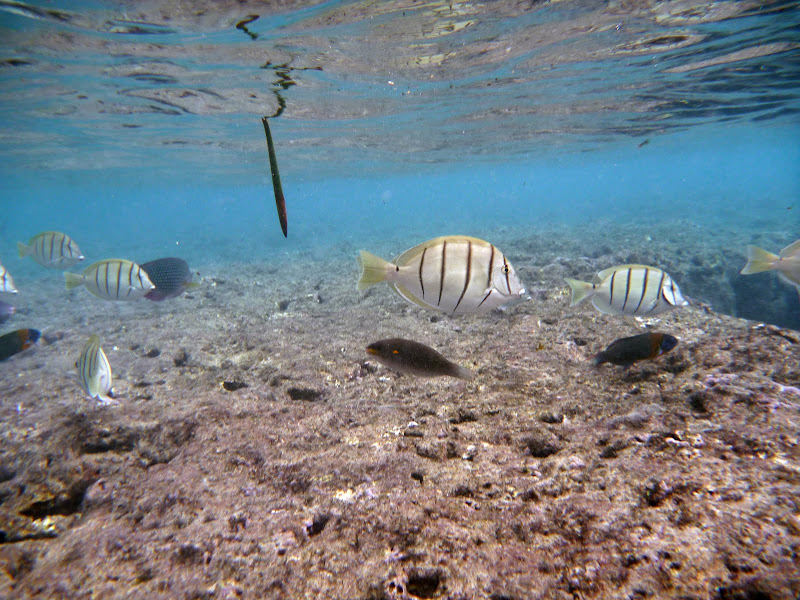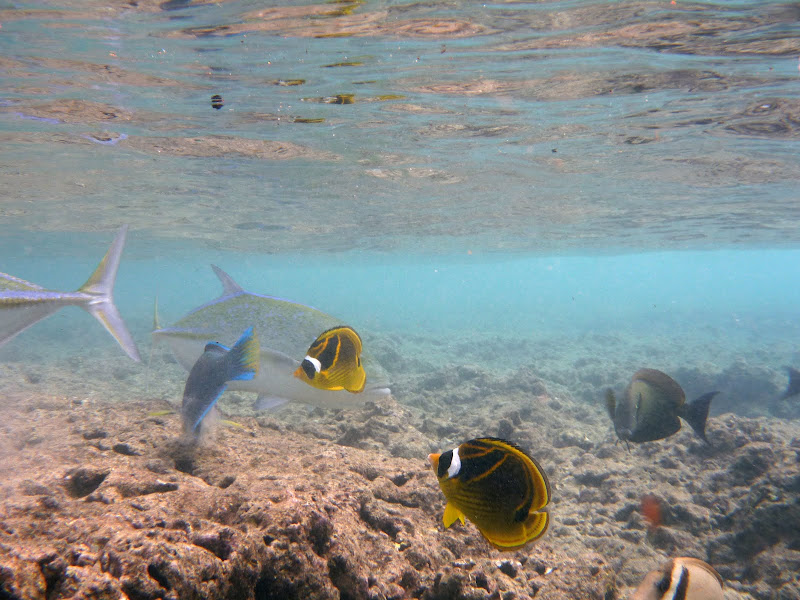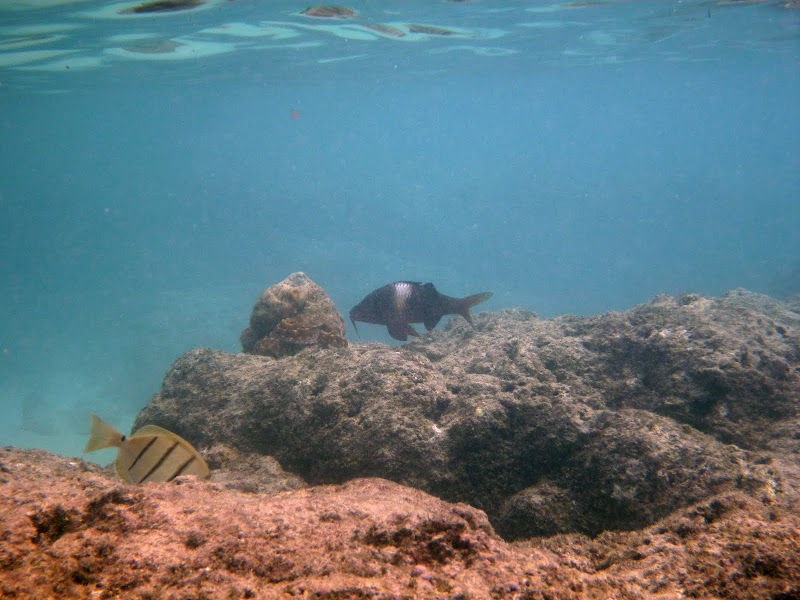
I noticed on Monday morning that both "Brian Jacques" and "Redwall" were trending on Twitter, and since I knew of no other reason for the terms to generate that much buzz, I feared the worst. My suspicions were soon confirmed. Brian Jacques, the author of the Redwall series, passed away at age 71 on February 5, 2011.
I owe a lot to Brian Jacques and his Redwall books, because they played a large role in making me who I am today. I suppose I was always destined to be a fantasy geek. I used to watch Power Rangers and Ninja Turtles and the X-Men cartoon, and my parents exposed me to Star Wars at an early age. But while my dad read
The Hobbit and
The Lord of the Rings to my brothers when they were in elementary school, he read more "girly" books to me, like
Secret Garden and
A Little Princess. To his credit, he did read me
Watership Down, which between the rabbits, their made-up language, and their thrilling adventures, was my favorite book at the time.
But in third and fourth grade, my favorite genre was the survival genre--
Island of the Blue Dolphins,
Julie of the Wolves,
Hatchet, and such. While I liked those books well enough, though, I didn't actually love to read. Reading was something I just did for school, or because my mother told me to do it. Redwall changed that.
One spring day when I was 10, I was looking for the next book to read. Knowing that I loved the animal adventures in
Watership Down, my older brother handed me
Mossflower, one of the books in the Redwall series (while it was written after the original book
Redwall, it occurs earlier chronologically). It stars Martin the Warrior, a mouse who must travel to the mountain of the badger lord to repair his sword in order to free the good animals of Mossflower Woods from the oppression of the evil wildcat queen Tsarmina. It didn't take long before I was hooked, and over the next several years I devoured all of the books in the series that were out at the time (I kept up to date through 2003, reading a total of 16 of the novels; 21 have been released, and a 22nd is expected this year).
I'd been obsessed with otters since age 7, so I immediately loved the otter characters with their slings and sea-faring speech. The moles were adorable with their hard-to-understand rural accents, and the squirrels were great, leaping between trees with their bows and arrows. The food descriptions were amazing. Deeper'n'ever turnip'n'tater'n'beetroot pie, shrimp'n'hotroot soup, flans, trifles, strawberry cordial... I may not have known what a pasty was, but it sounded delicious. How I wished that I were an animal of Mossflower Woods who could enjoy that feast!
I loved the world of the Redwall books. I poured over the maps in the front of each book, trying to understand where Redwall Abbey in Mossflower Woods was in relation to other points of interest, such as the mountain Salamandastron, the Kingdom of Malkariss, and Marshank fortress. I would trace the paths that the heroes travelled, as each book would inevitably involve a hazardous journey over great distances. Each place had its own flavor with unique inhabitants, from the peaceful mice and other woodland creatures of Redwall to the jolly military hares and (less jolly) badger lord or lady of Salamandastron. Being transported to another world is one of my favorite things about the fantasy genre.
Most of all, I loved the heroics of the Redwall stories. Whether a trained warrior or a creature who had grown up as a dibbun in peaceful Redwall Abbey, the heroes would rise to the occasion to defend the innocent and to defeat evil and oppression. When Redwall was being attacked (as it so often was--the villains must have heard about their fabulous cuisine), every creature, young and old, defended the abbey and its citizens with their lives. Casualties were unavoidable, but the survivors honored the memories of those lost, knowing that they gave their lives for a good cause. The characters were lovable, the adventures were entertaining, the battles were exciting, and the trials and triumphs were moving.
The Redwall books were my favorite books all the way through middle school. My favorite of the series remains
Martin the Warrior--the tale of Redwall's most legendary hero as he became the warrior who would one day liberate Mossflower Woods and help to found Redwall Abbey. But I also have a lot of love for
Pearls of Lutra and its bow and arrow wielding otter heroine Grath. Some of the later books started to seem repetitive (I could solve most of the riddles immediately, as they tended to use the same tricks), and my memory blends them together a bit. But it didn't stop me from reading 16 of them.
The summer before my freshman year in high school, one of the optional books on the summer reading list was
Sword of Shannara by Terry Brooks. It didn't have animals like my beloved Redwall, but it did have sword fights and a nice map in front, so it seemed a reasonable enough choice. I loved it, and I continued on to read a dozen from that series. That summer I also started the Harry Potter series, all of which I have now read, of course. By the time I started high school, I had completely embraced my fandom of the fantasy genre. J. R. R. Tolkien, Robert Jordan, Raymond Feist, and more were soon to follow. I even became a founding member and president of my high school's "Fantasy reader's guild". I was a geek and I was proud of it, and that fact continues to define me to this day.
The Redwall books guided me to the fantasy genre that has become such an important part of my life. But what's more,
Mossflower was the first book that I couldn't put down, that I had to lock myself away in my room to finish, that I got mad at anyone who disturbed me reading it. Simply put, Brian Jacques' Redwall books are the books that made me love to read.
Two or three years ago, my mom went to a Brian Jacques reading and book signing at our local book store. She took three of our books along, so both of my brothers and I could get a signed copy (my younger brother picked up the series a few years after I did). When she got to the front of the line, she told him, "You are well loved in my family." He smiled and graciously said, "It warms my heart to hear that." I am sad that he is gone now, but his books have touched hundreds of thousands of lives in meaningful ways, and they will continue to do so in the future. I think that is pretty heroic.




